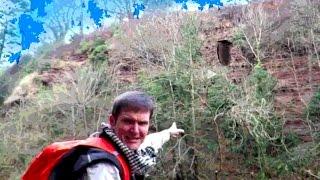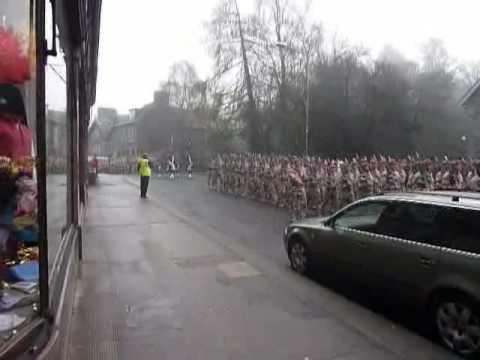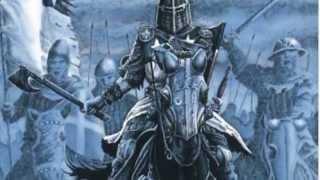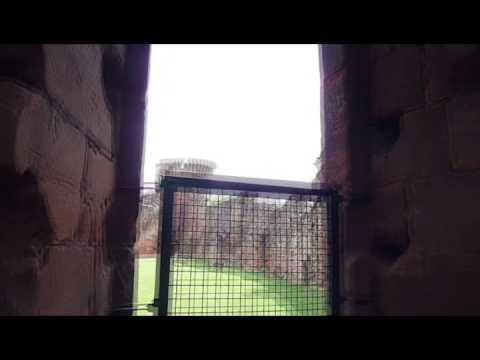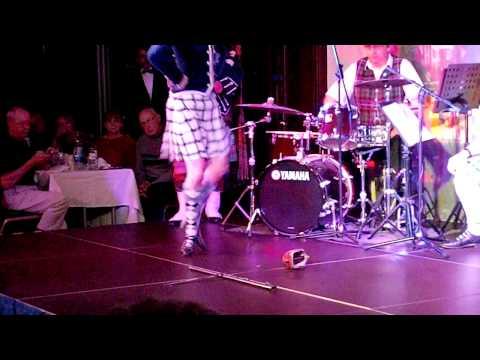Play For Today The Cheviot The Stag And The Black Black Oil
Description
The 7-84 Touring Theatre Company presents its live stage play to the people of South and North Uist, Benbecula and Lewis. The stage play is mixed with filmed reconstructions of documented events in the Highland Clearances, darkly humorous songs and sketches and, later, interviews with those participating and affected by the North Sea Oil industry in 1974.
Scotland from 270 miles above the Earth. Castle from helicopter. Land mixes with water, seabirds, fiddle music; people enter the presentation in a community hall. Images of giant earth-moving equipment, sheep, stag, gas flare, then the faces of the locals watching the play - some baffled, some sceptical, some participating, particularly in a song sung in Scottish Gaelic...
Each sketch and reconstruction is supported by a continuous narration of facts and statistics, presenting an account of Scottish history from 1746 to 1974. The play sets the scene describing 60 years of poverty, abuse and small scale eviction endured by the crofting tenants of the Highlands from 1746 - "Culloden and all that" - when speaking, singing or writing Scottish Gaelic and the wearing of the Plaid were forcibly forbidden by the English.
The play describes the sudden expansion of English and Scottish capital and estate enlargement - "more money to buy more land" - at the beginning of the 19th Century and introduces Patrick Sellar, a Factor of the Dukes of Sutherland. His systemised evictions of the Highlanders were the broadest and most brutal of all the Clearances, and he is evoked as representative of the issues of land ownership in the Highlands and Islands and the North of Scotland. With frequent shots of the audience the play gives dispassionate readings of the equally dispassionate contemporary accounts of the brutality involved in evicting Highland crofting tenants to make way for the more profitable Cheviot, and later Black Face, sheep.
The play goes into the reasons for the Clearances and how they were enabled for the ruling classes with the connivance of the church, the Law, the police and the military. It details where the people went: often to allotments on the seashore with wretched soil and conditions, where they were supposed to fish and gather kelp for the soda ash industry. It details the economic reasons why the men were often away south for much of the year, trying to find work to pay the rents on their crofts, or in the Highland Regiments defending the British Empire. It also details the emigrations to the Victorian slums of Glasgow and to the rest of the world.
The play then details the few, but hugely important, successful instances of organised resistance to the evictions. The play moves on to further evictions to make way for the Victorian landed gentry's passion for stag hunting; this and the sheep industry now having taken over many millions of acres. It lists political resistance to the evictions such as the 'Land Leagues' of the 1880s and mentions the land raids by crofters in the early 20th Century.
The play briefly mentions the modern day (1974) exploitation of the Highlands by the tourist industry then makes political comparisons between the past and 1974.
Post your comment
Comments
-
 Land Leaguer
Added
Nice to see the establishment boot (BBC) retuning to stamp on the face again.
Land Leaguer
Added
Nice to see the establishment boot (BBC) retuning to stamp on the face again.



